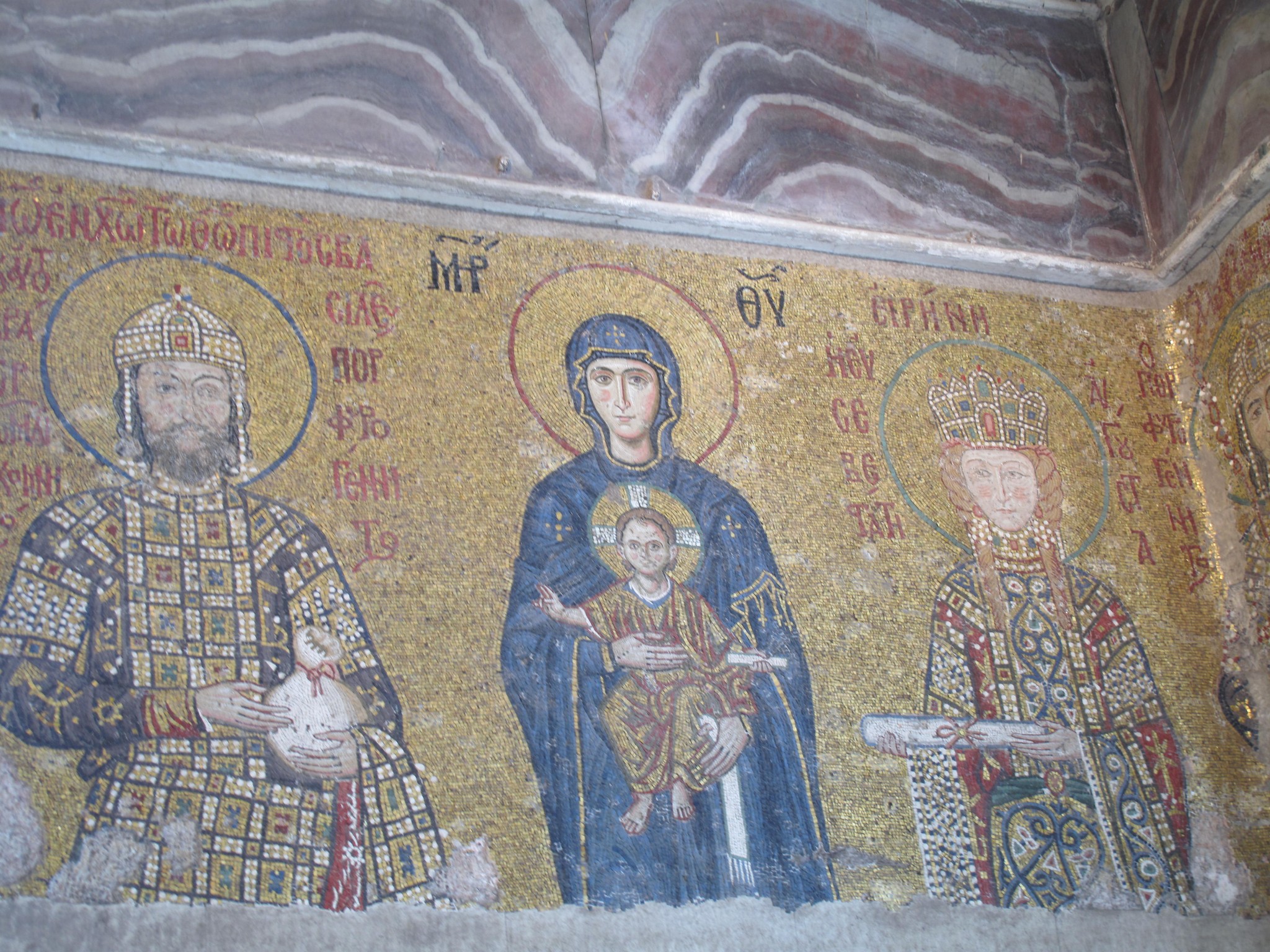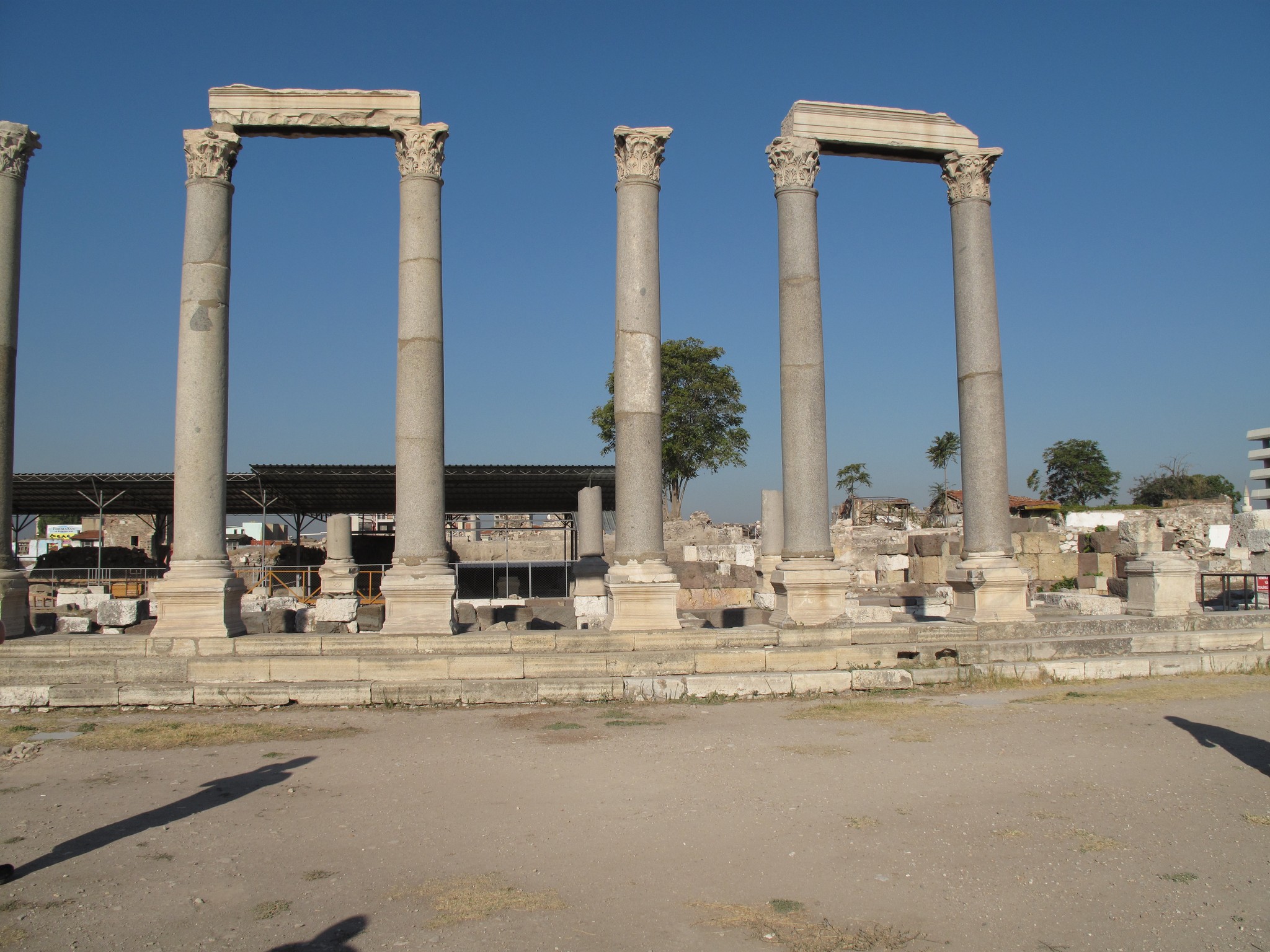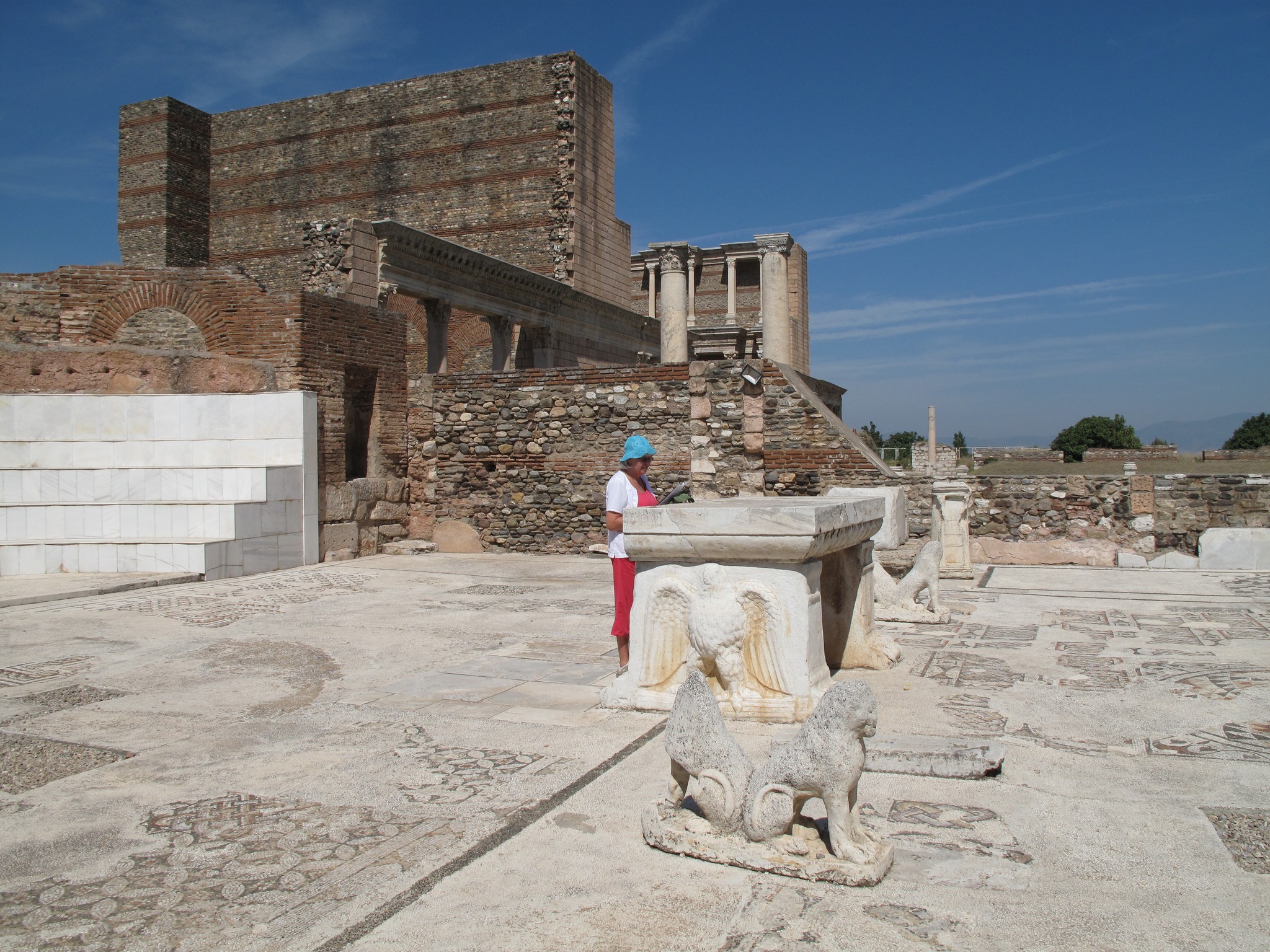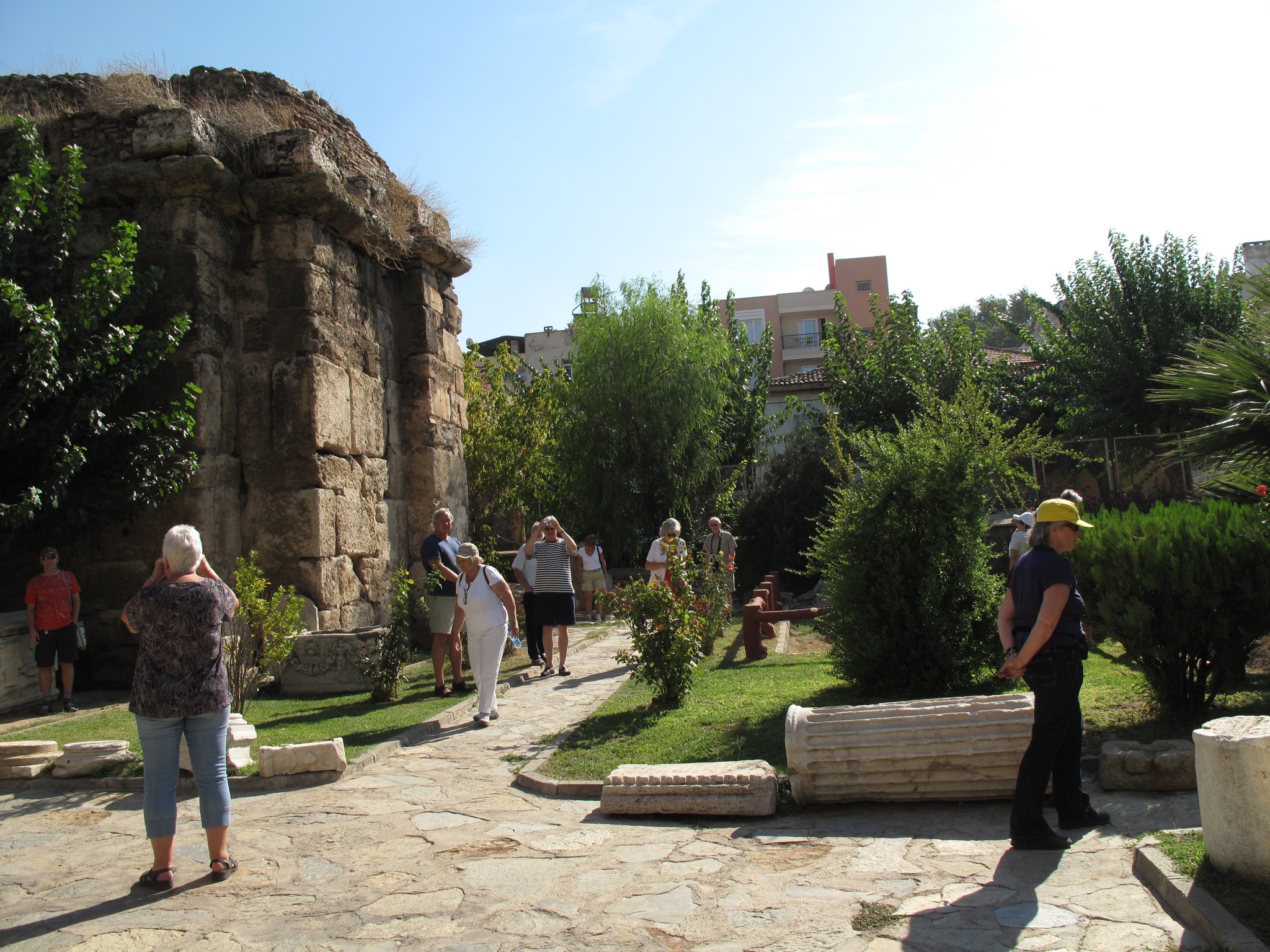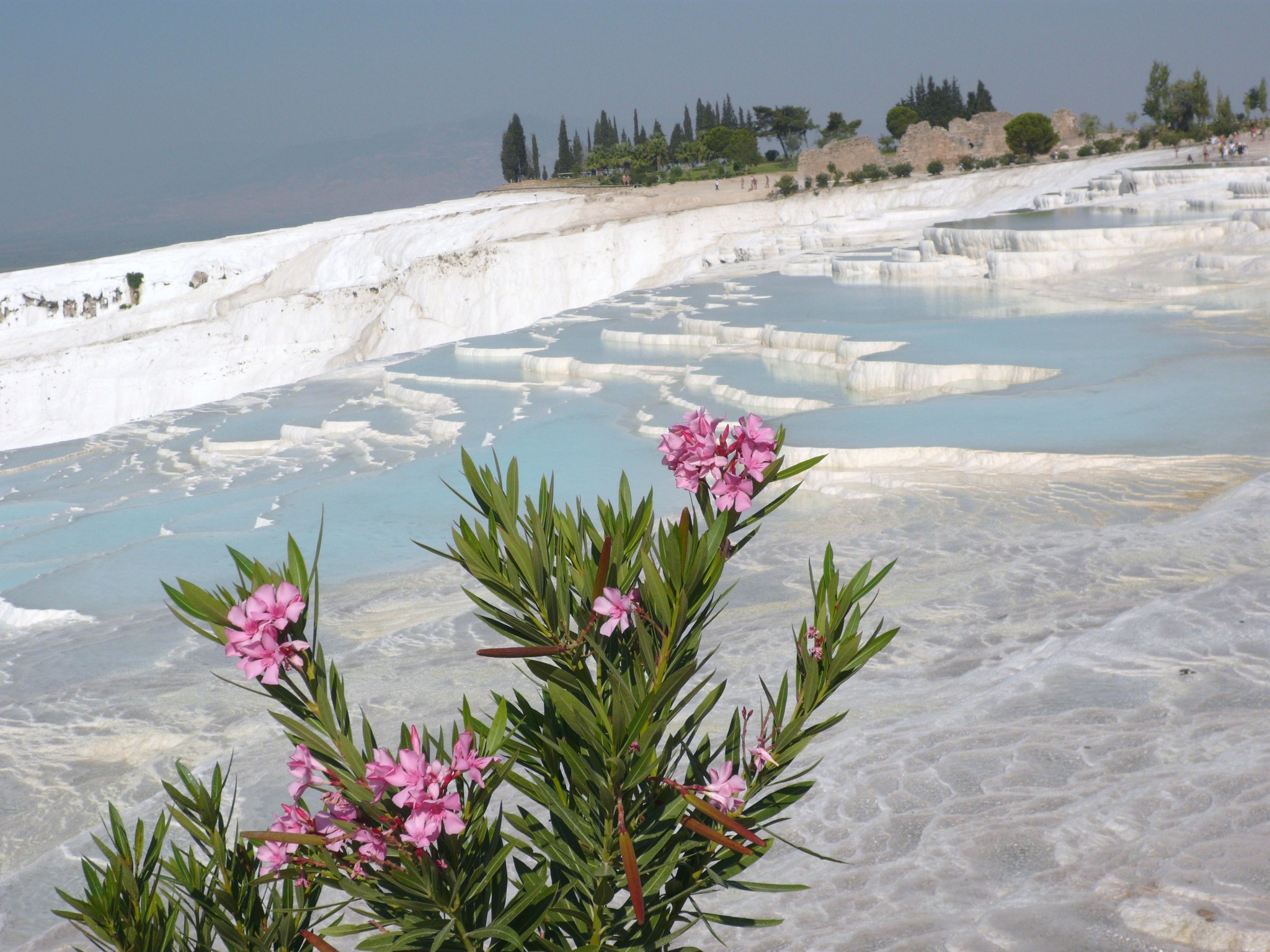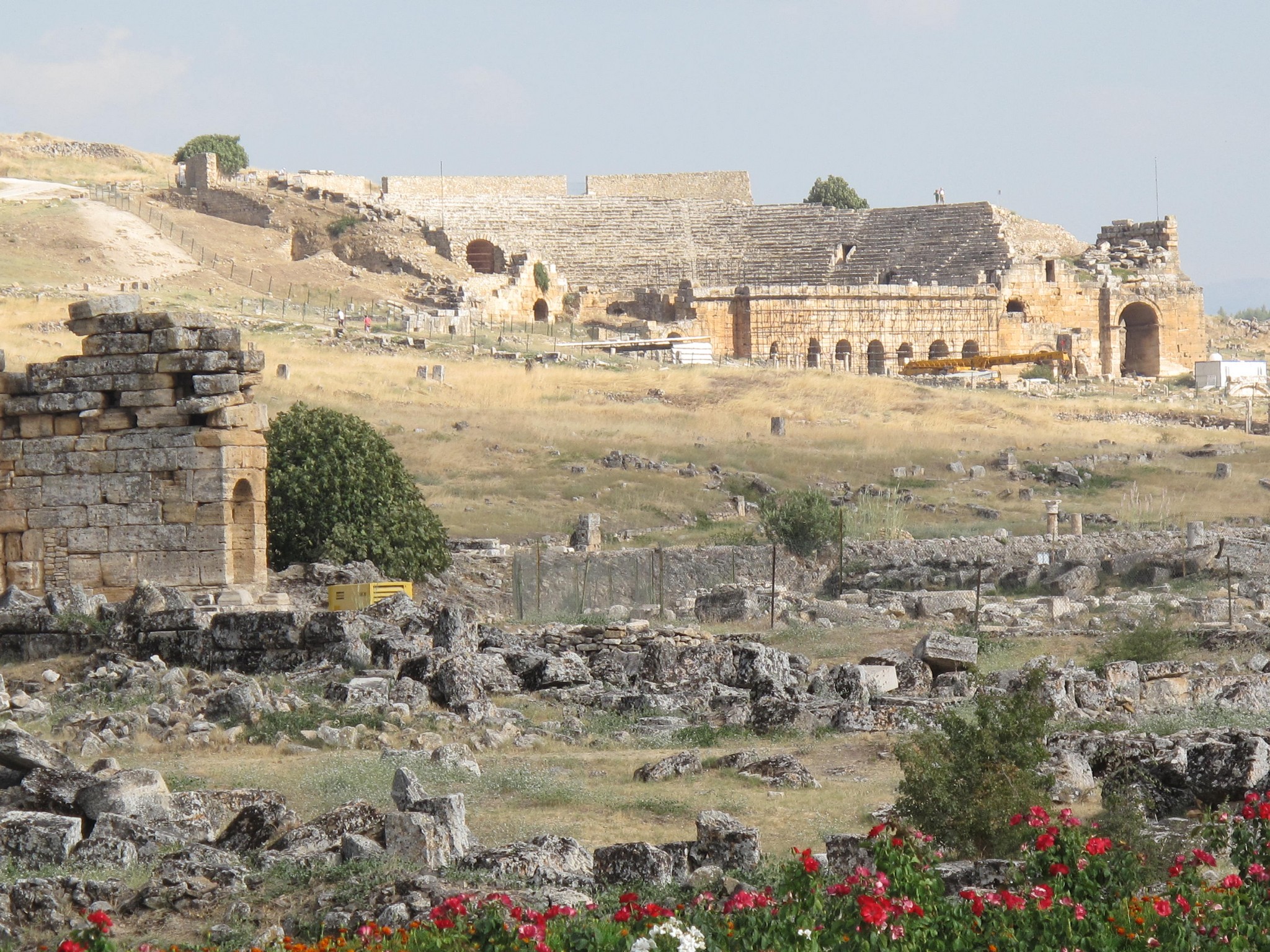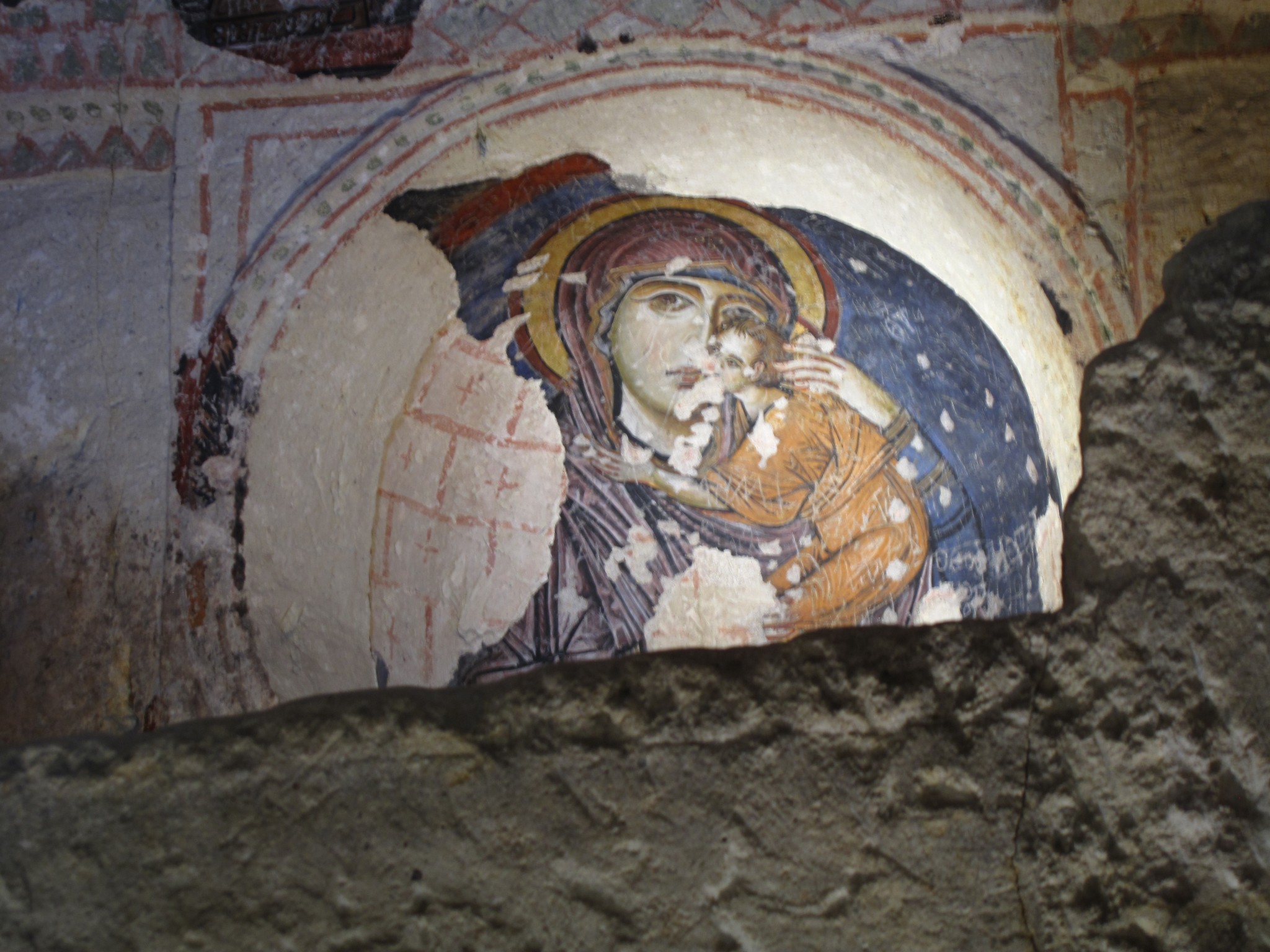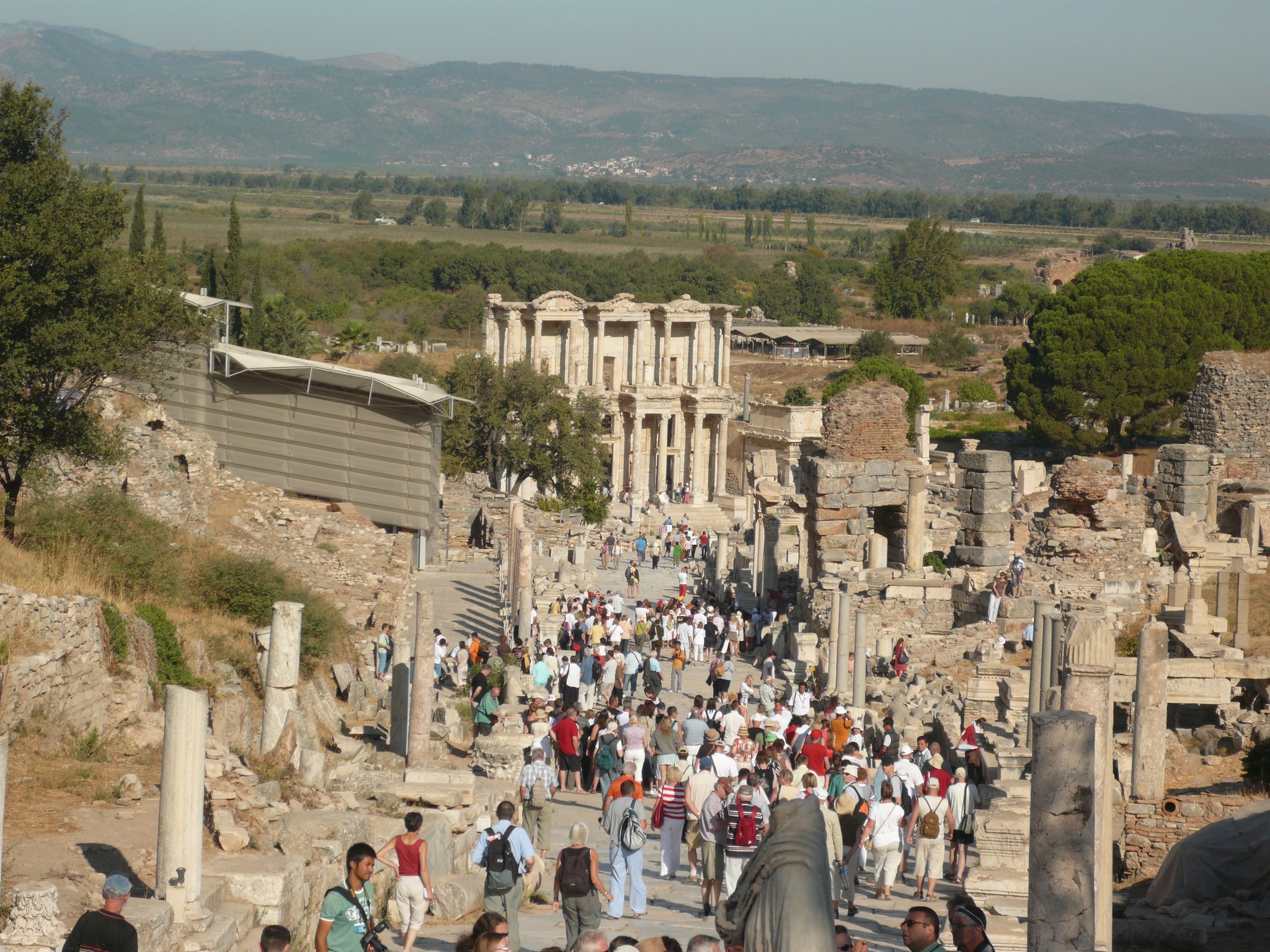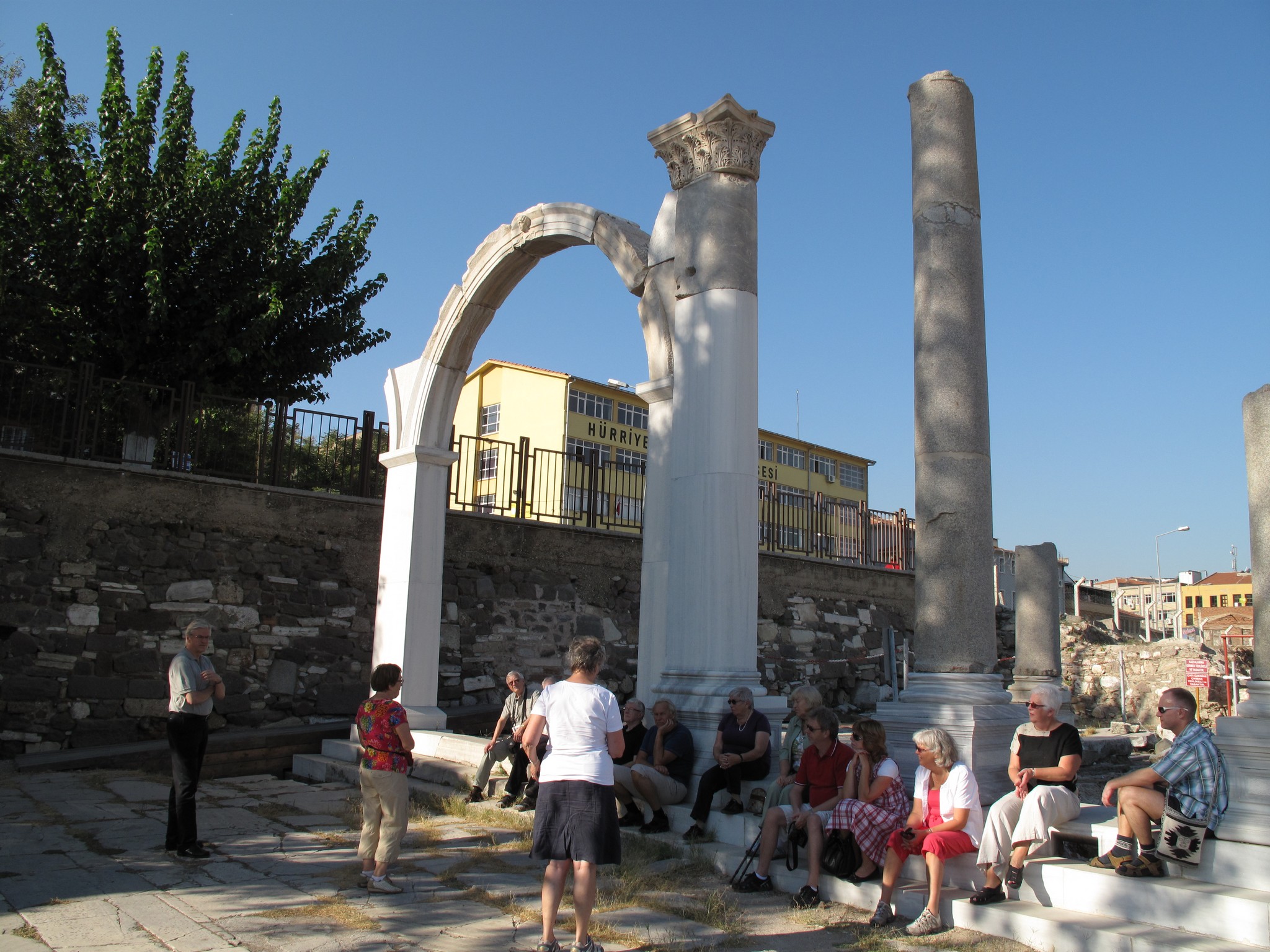General
“I john, who also am your brother, and companion in tribulation, and in the kingdom and patience of Jesus Christ, was in the island that is called Patmos, for the word of God, and for the testimony of Jesus Christ.
I was in the Spirit on the Lord’s day, and heard behind me a great voice, as of a trumpet. Saying, I am Alpha and Omega, the first and the last: and, what you see, write in a book, and send it unto the seven churches which are in Asia; unto Ephesus, and unto Smyrna, and unto Pergamum, and unto Thyatira, and unto Sardis, and unto Philadelphia, and unto Laodicea. And I turned to see the voice that spoke with me. And being turned, I saw seven golden candlesticks.”
The Revelation 1:9-12
Anatolia (Asia Minor) has been the center of Christianity ever since St.Paul, St.Peter, St.John, St. Barnabas and their companions John Mark, Silas, Luke came here to preach the Gospel of the teachings of Jesus Christ. This trip will allow you full insight into the achievements of these early Christian missionaries and the Seven Churches of The Revelation.
Day 1 Istanbul Arrival
Arrival at Istanbul Ataturk Airport. You will be welcomed by Pakero travel representative and transferred to your hotel. After check in we will have a welcome cocktail. Dinner and Overnight. (D)
Day 2 Istanbul Full Day City Tour
We begin our day with a tour of the Sultan Ahmed square, located at the heart of the “Old City” from where the Byzantine and the Ottoman Empires were ruled from. We will walk the Hippodrome square, which was the epicenter of the sportive events and political activities of Constantinople in Roman and Byzantium periods. We will see and talk about the histories of the Obelisk of Theodosius, the Serpentine Column and the German Fountain of Wilhelm II. Then we take a short walk to the Blue Mosque, famous with its blue Iznik tiles and with its unique 6 minarets, built in the early 17th century. Next we visit the Hagia Sophia, one of the greatest marvels of the art & architecture history, constructed as the patriarchate cathedral in the 6th century by the Emperor Justinian. Final visit of the day will be to Chora Church Museum, a small church that was decorated with the most beautiful biblical mosaic panels and frescoes in the 14th century Dinner and overnight. (B,L,D)
Day 3 Istanbul – Pergamon – Thyateria – Izmir
After an early breakfast flight to Izmir. Arrive and drive north to the hauntingly beautiful Pergamon.
Pergamum’s place in religious history is largely because of the paragraph addressed to its Christian believers by St. John in the Book of Revelation ( Rev. 2:12-17 ). He characterized Pergamum as the place where Satan was enthroned. (Revelation 2:13). St. John saw a group he called the Nicolatinas as an additional threat to the believers. Who these people were is not clearly known. ( Revelation 2:14-15 ) St. John condemned them for adultery and for eating food that had been sacrificed to pagan gods. St. John also promised a white stone and hidden manna to those who repented of their false beliefs and immoral behavior (Revelation 2:16-17).
On our way back to Izmir, we will stop by Thyatira which is a small modern city today. The old Thyatira, the site of one of the Seven Churches of Asia Minor (Rev. 2:18-29 ). St. John’s Criticism of Thyatira in Revelation was related to the prophetess Jezebel. Whether she was a real woman of that name or whether he intended her as a symbol of licentiousness, St. John saw the challenge to Christianity which Thyatira represented as a moral decay among the members.
To those who refused to compromise with their ideals he promised “ the star of dawn” and “ authority over the nations”.
About forty years previous to the time that St. John wrote those words to the congregation in Thyatira, St. Paul had met one of the merchants from there when he arrived in Philippi. This was on his second Journey. The merchant was Lydia, a woman dealing in expensive purple cloth. Under St. Paul’s influence she and her whole household became baptized Christians. Lydia she insisted that St. Paul and his companions Timothy and St. Luke should stay in her house in Philippi ( Acts 16:13-15 ). By the end of the 1st century here must have been a sizable Christian community for St. John to have chosen it as one of his seven churches. Drive to Izmir for dinner and overnight. (B,L,D)
Day 4 Izmir – Sardis – Philadelphia – Pamukkale
Departure from hotel after breakfast and drive to Sardis, whose history dates back to 12th century BC, was the capital of the ancient Kingdom of Lydia. In the book of Revelation (Rev. 3:1-6), St.John stated that Sardis needed to wake up. He complained that their acts did not live up to their reputation, that they did not finish what they started. But he held out the hope those who were not polluted that they should have robes of white (Revelation 3:5) White was the color then of righteousness and immortality.
Then we will visit Philadelphia. During Byzantine times Philadelphia was the seat of a Christian bishopric. Its significance in Christian history was because it congregations addressed by St.John in the Book of Revelation (Rev. 3:7-13).
Although one of the Seven Churches, Philadelphia was the least distinguished; it was the only one about which St. John had no real criticism. He characterized it as having been given an open door. He told the Christians not to leave anyone take away their crowns and promised that those who were victorious would become pillars in God’s temple. “Hold fast to what you have, and let no one rob you of your crown” (Revelation 3:11). Dinner and overnight in Pamukkale (B,L,D)
Day 5 Pamukkale – Hierapolis – Laodicea Ad Lycum – Kusadasi
After breakfast we leave our hotel and drive to Hierapolis but before we get here we stop at Laodicea Ad Lycum. The site of one of the Seven Churches addressed by St. John in the Book of Revelation ( Rev. 3:14-22 ), Laodicea is on a low hill on the south bank of the Lycus River (Curuksu). As a commercial center, it had a large Jewish community. For St.John in Revelation, the Christians of Laodicea were neither hot nor cold and because of their indifference he wanted to spew them out of his mouth. “ I know all your ways, you are neither hot or cold. How I wish you were either hot or cold. Because you are lukewarm, neither hot nor cold, I will spit you out of my mouth” ( Revelation 3:15-17 )
St. John promised in “ the words of the Amen” (Revelation 3:14) that for those who were sensitive enough to hear and respond to what was being said, the Spirit would join them in the great feast. “Here I stand knocking at the door; if anyone hears my voice and opens the door, I will come in and sit down to supper with him and he with me“ (Revelation 3:20) Then we will drive to Kusadasi. Dinner and overnight. (B,L,D)
Day 6 Kusadasi-Basilica of St. John-Ephesus–House of Virgin Mary–Izmir
This morning we will stop by the Basilica of St. John “The Evangelist” who came here with Virgin Mary and wrote his Gospel in Ephesus. Then we will carry on to Ephesus ancient city. People visiting Ephesus today can visualize the city when it was the capital of the province. St. Paul preached and taught in Ephesus for over 2 years. During that time he sent Timothy and Erastus to Macedonia to continue the missionary work there. The names of several other early Christians are recorded as residents of Ephesus. Among them are the eloquent Apollos with whom St. Paul associated himself, saying that he planted, that Apollos watered, but that God gave the growth (I Cor. 3 :6)
A couple, Priscilla and Aquilla, established a house church in Ephesus (I Cor. 16:19). The daughters of the Apostle Philip lived in Ephesus. A small stone building high up on the west corner of the city wall is pointed out as St. Paul’s Prison. He wrote the letter to the Ephesians from this place.
In Ephesus highlights include Double Church where in 431 the Third Ecumenical Council was held, the Library of Celcius, the Temple of Hadrian, the Fountain of Trajan and the Theater for many Christians the best-known building in Ephesus where a 1st century AD silversmith attempted to stir up a riot to get rid of St. Paul who was damaging his business of making images of Artemis.
About 3 miles away in the forested mountain above Ephesus is the House of Virgin Mary. It is a modest stone house. St John brought Virgin Mary to Ephesus in keeping with Jesus’s admonition to him to care for his mother. (John 19:27)
House of Virgin Mary today is visited by almost a million pilgrims annually from all over the world. The pilgrims come to drink the waters of the sacred spring, to mediate, to pray for health, and to breathe the atmosphere of it. You will be able to collect some holly water from the Sacred Spring.
Both Pope Paul VI in 1967 and Pope John Paul II in 1979 have celebrated mass here.
Many people congregate at this sanctuary every August 15 to observe the Feast of the Assumption of the Virgin. It was first identified in 1818 by an Austrian nun, Anne Catherine Emmerich, who saw it in a dream exactly as it was found. The setting is beautifully peaceful, inspiring reverence and contemplation. Dinner and overnight in Izmir. (B,L,D)
Day 7 Izmir (Smyrna) – Istanbul
We will drive to Izmir ( Smyrna ) which was one of the Seven Church in St. John’s Book of Revelation ( Rev. 2:8-11 ) as the place of the synagogue of Satan. St. John tells the Christians that they are about to suffer for their faith, but also says that those who are faithful unto death will gain a crown of life. After lunch transfer to the Izmir airport for flight to Istanbul. Dinner and overnight in Istanbul. (B,L,D)
Day 8 Istanbul Departure
Free till transfer to the airport. (B)
For specifically interested parties, the program may include one day visit to Patmos Island (Greece) where St. John wrote the book of Revelation.
“For pricing and more planning details contact to Pakero Travel”


